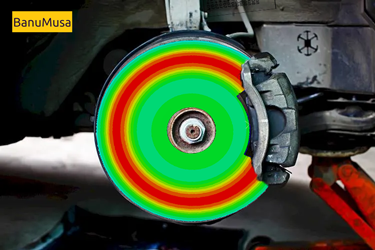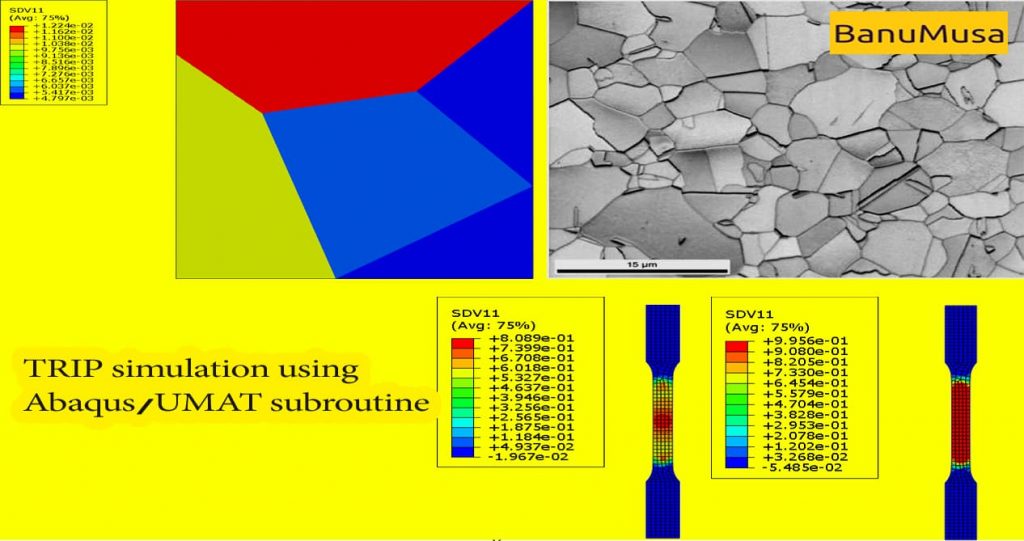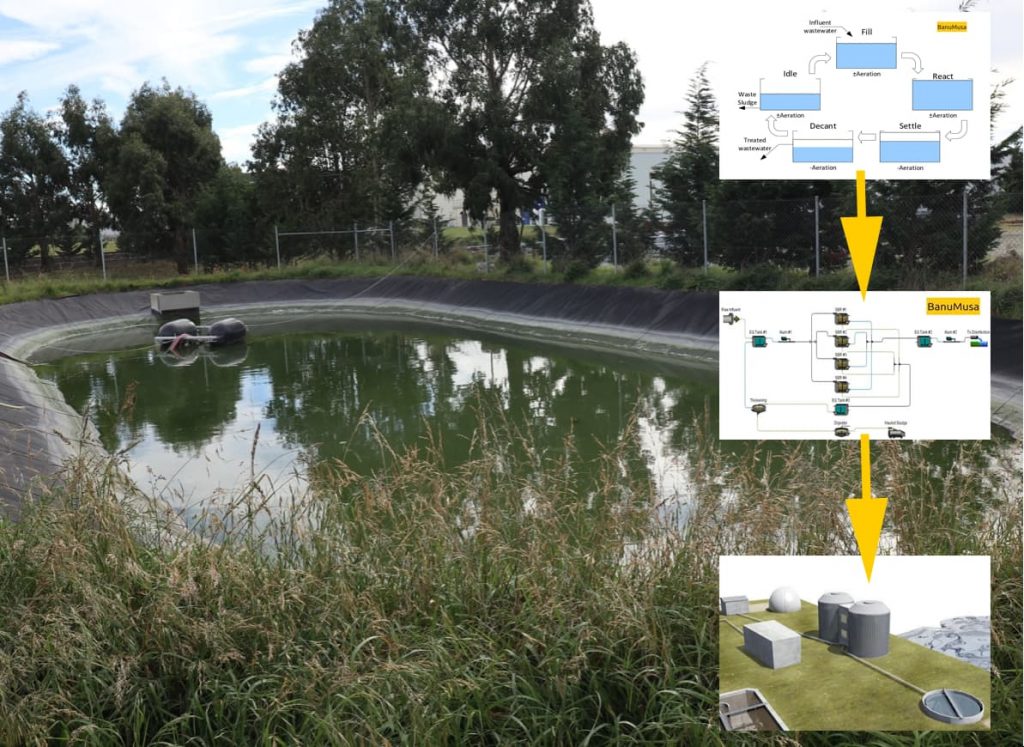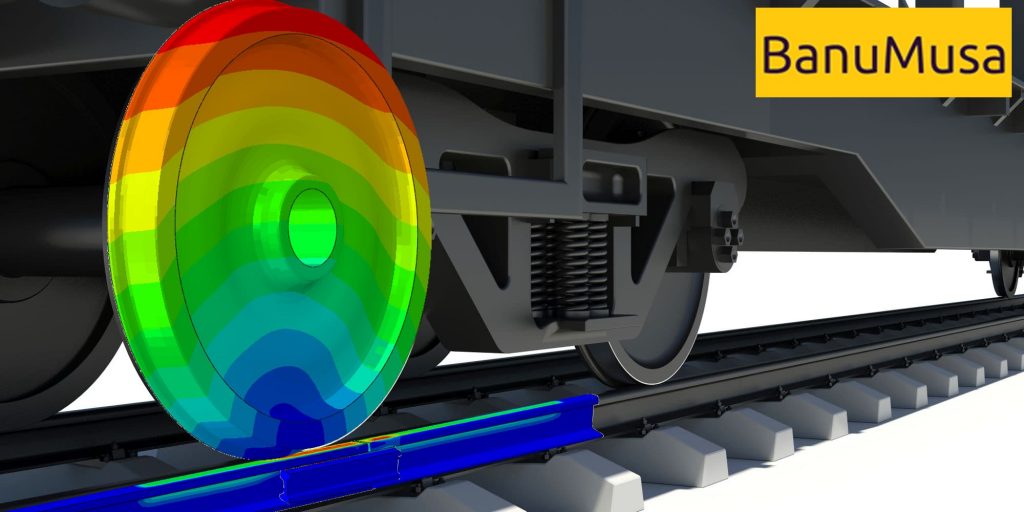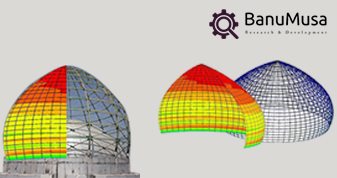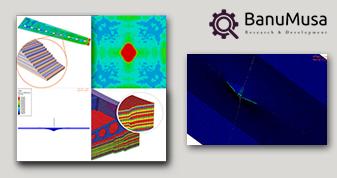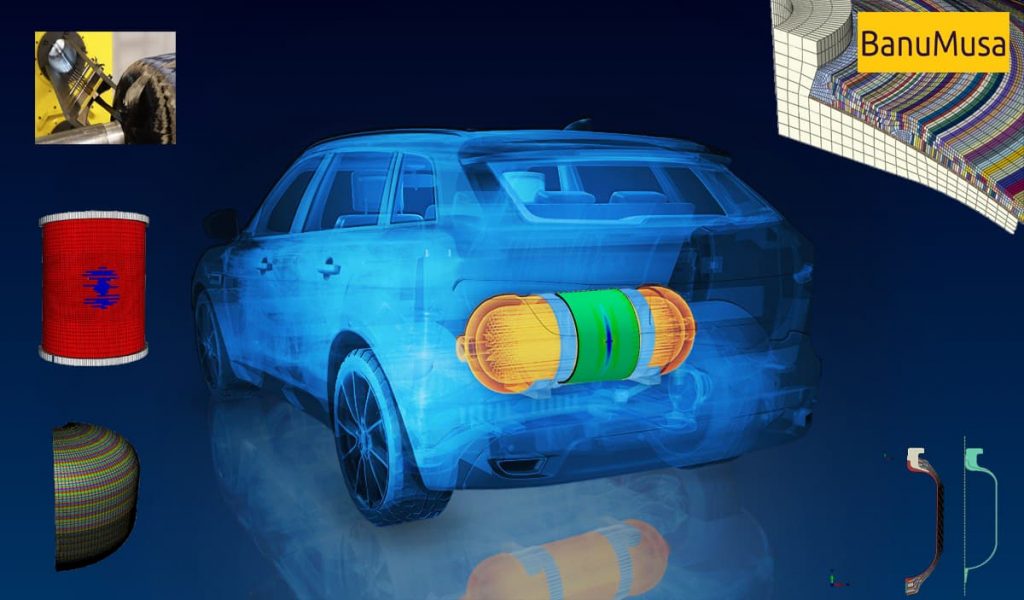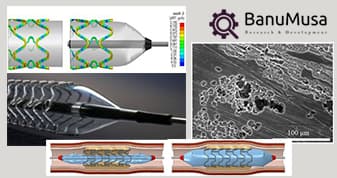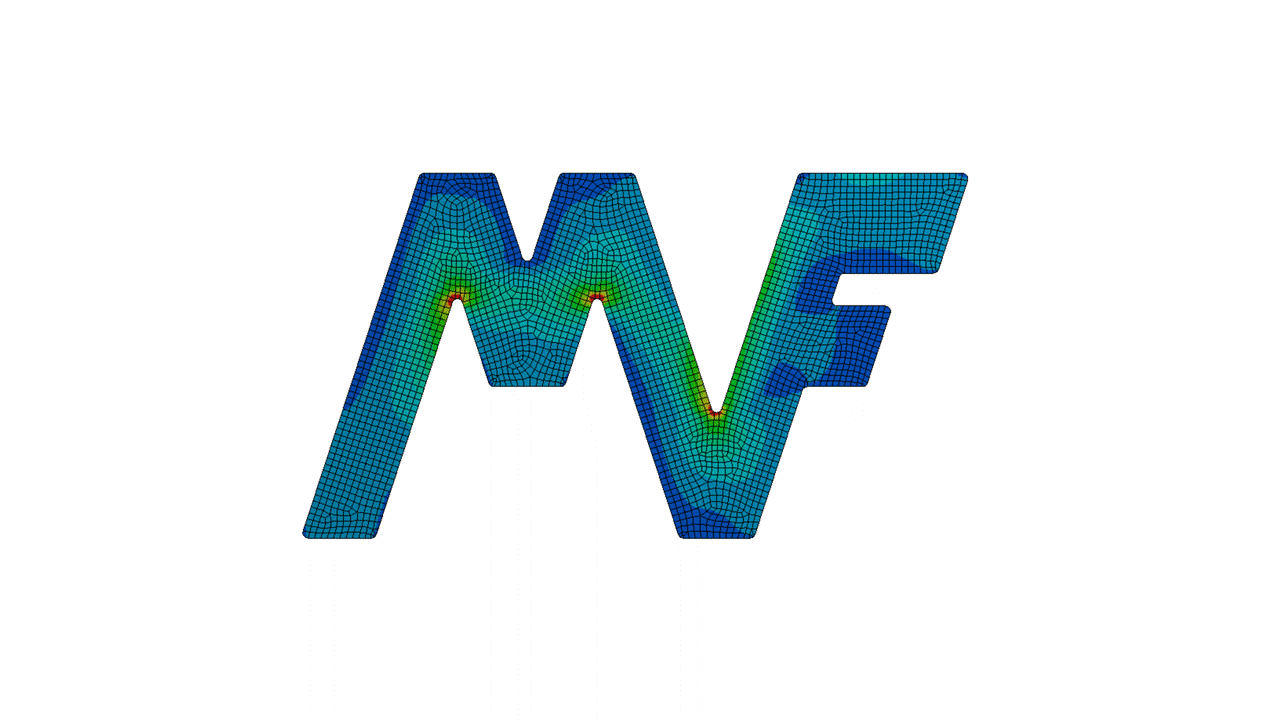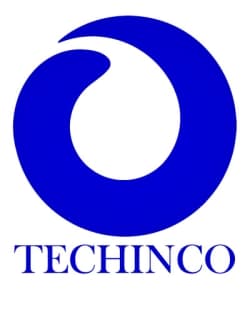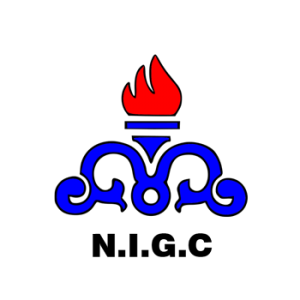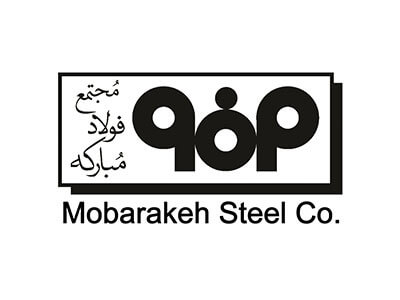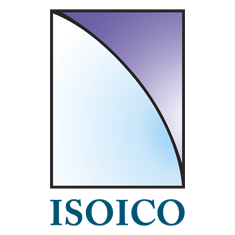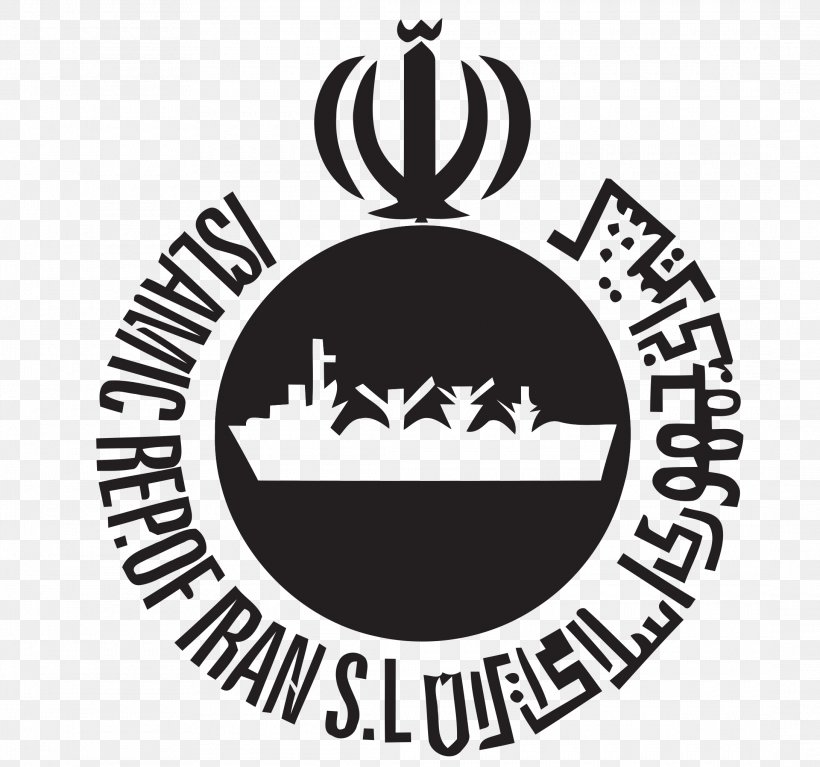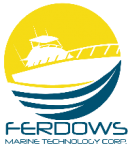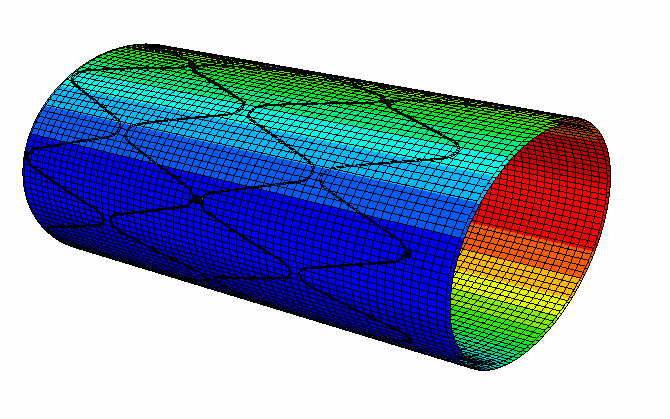 View Large
View LargeDesign and determination SPP of hydrodynamic coefficients of submarine propellers
Design and determination SPP: Much research and diversity have been done in the design and determination of hydrodynamic coefficients of marine propellers.
Among conventional marine propellers, supercavitation propellers and semi-submersible propellers are among the most popular propellers used in submarine propulsion systems. Supercavation propellers and waterjet systems are now common systems used in high-speed vessels, but semi-submersible propellers perform better at high speeds.
In general, the scope of application of semi-submersible propellers is limited to lightweight high-speed vessels. Semi-submersible impellers are also known as impellers, some of which are submerged in water, as special propulsion equipment. In this project, the design and determination of hydrodynamic coefficients of submarine propellers for a specific case were investigated.
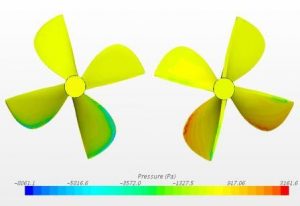
Semi-submersible propeller design
Design and determination SPP of hydrodynamic coefficients of submarine propellers
Immersion of part of the impeller is usually done by extending the impeller shaft at the rear of the float, and placing the impeller at a distance from the ship’s wheel, where the water surface is relatively flat, hence to submarine impellers, the impeller is also called.
One of the characteristics of semi-submersible propellers is the shallow depth underwater.
This feature is the most important motivation of designers to design, design, and use surface impeller drift systems. The depth of the floating underwater can be less than half the diameter of the impeller. The geometry of the submerged impeller is somewhat similar in appearance to that of conventional impellers.
The difference is that the blade cross-section is often designed to have a sharp beginning edge and a thick, stepped end edge. The sharp edge is designed with a low input angle.
The impeller ball and the root of the blade are made resistant to excessive off-center and periodic loads. In addition to cavitation, another common phenomenon for hydrofoils and marine propellers is the Hawarse phenomenon.
Vaporization occurs when the air above the free surface of water or exhaust gases from the mobile marine exhaust is drawn toward the lift surfaces and impellers.
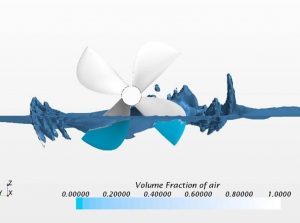
Semi-submersible propeller (SPP)
In this project, various parameters were examined and evaluated, some of which are as follows:
- The effect of immersion depth on the performance of the semi-submersible propeller
- Optimization of dimensions and geometry of the propeller
- Structural and fluid analysis of propeller
- Determining the effects of FSI
Our services in the field of marine industry can be seen in this link. See also design of various offshore structures and floating ballast water management.
Numerical Simulation And Analysis
The company carries out engineering design projects, reverse engineering, simulation and analysis of various structures and offshore vessels. Contact a consultant and expert in this field.

